41+ Sample Unit Plan Templates
-
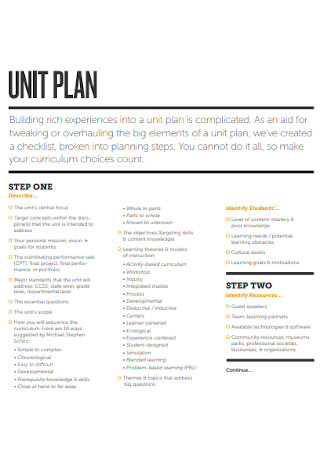
Sample Unit Plan Template
download now -
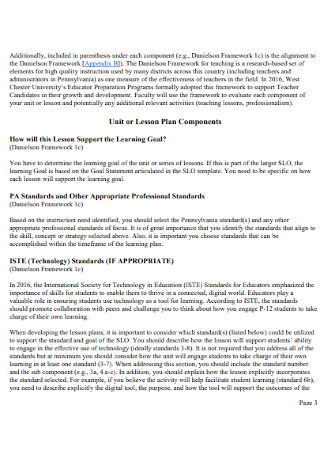
Unit Lesson Plan Template
download now -
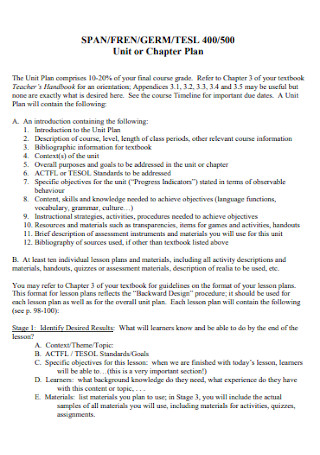
Unit and Chapter Plan
download now -
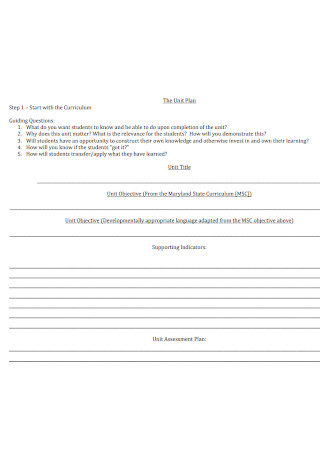
Simple Unit Plan Template
download now -
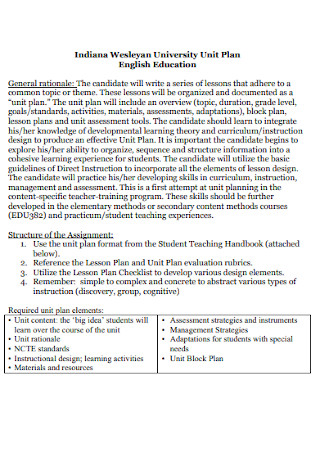
University Unit Plan
download now -
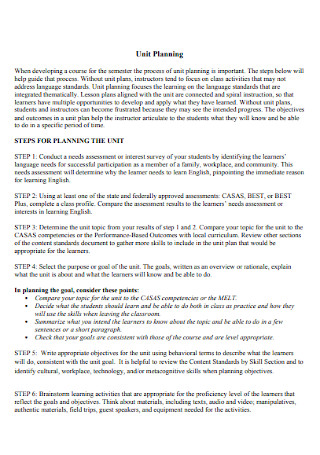
Formal Unit Plan Template
download now -
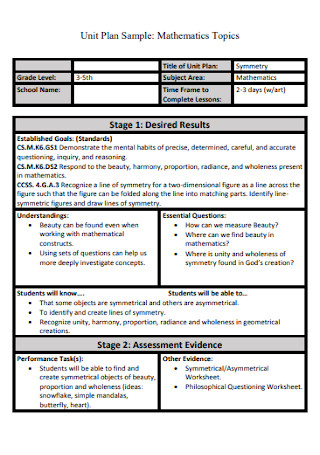
Mathematics Unit Plan
download now -
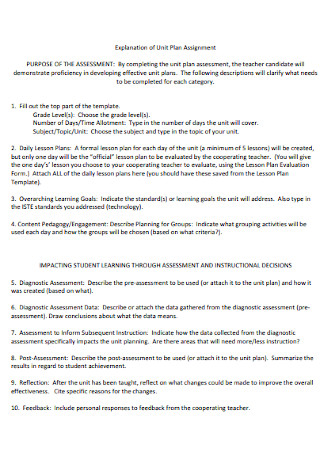
Explanation of Unit Plan Assessment Template
download now -
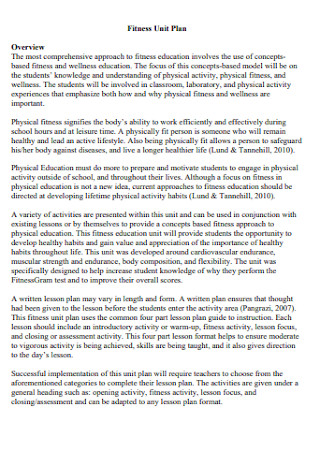
Fitness Unit Plan
download now -
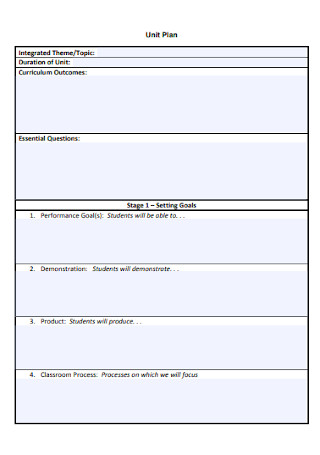
Unit Plan Format
download now -
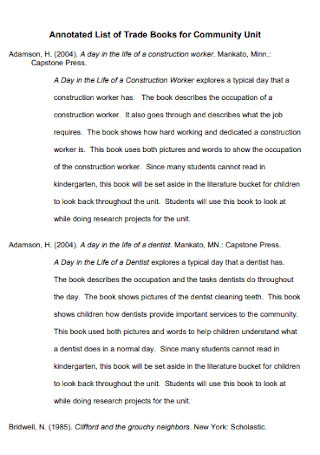
Books for Community Unit Plan
download now -
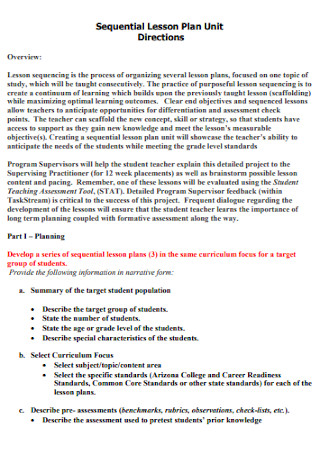
Sequential Lesson Plan Unit
download now -

Sequential Lesson Plan Unit
download now -
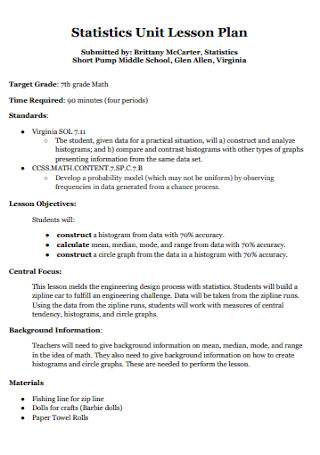
Statistics Unit Lesson Plan
download now -
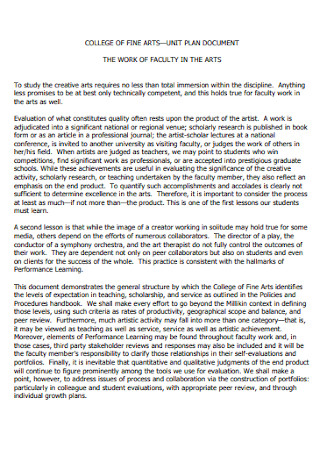
College Unit Plan Template
download now -
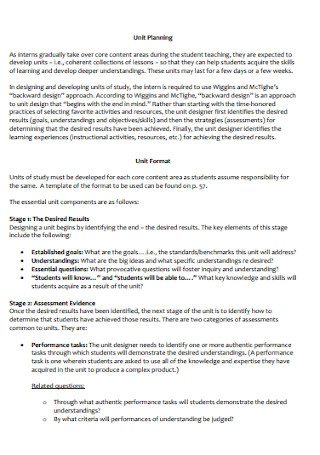
Standard Unit Planning Example
download now -
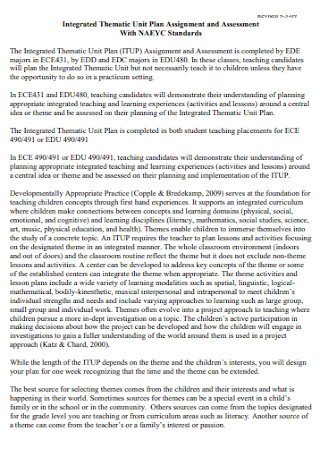
Integrated Thematic Unit Plan
download now -
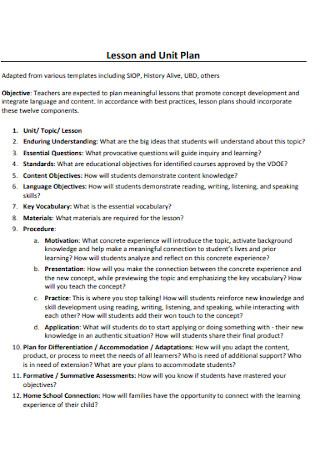
School Lesson and Unit Plan
download now -
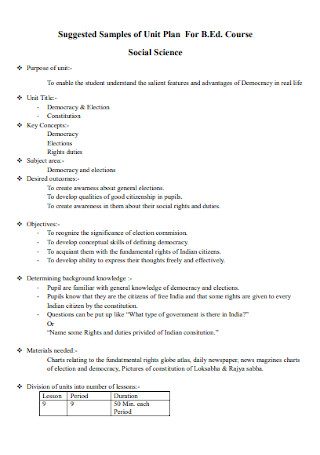
Social Science Unit Plan
download now -
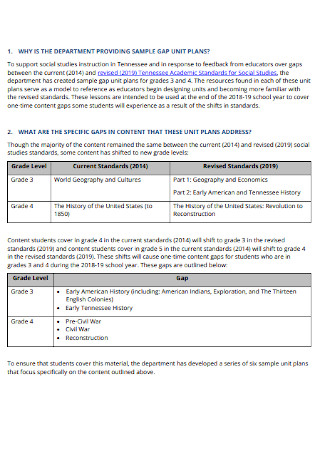
Social Studies Unit Plan Template
download now -
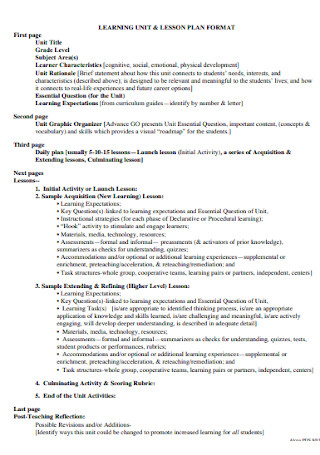
Learning Unit Plan Template
download now -

People Power Unit Plan
download now -
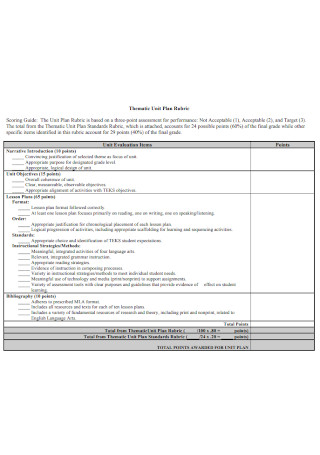
Thematic Unit Plan Template
download now -

Education Unit Plan Template
download now -
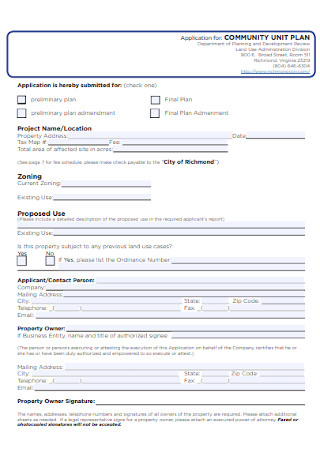
Sample Community Lesson Plan Template
download now -
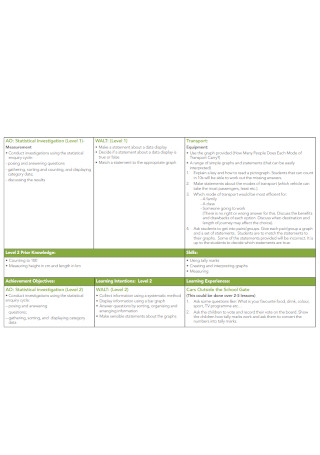
Maths Week Unit Plan
download now -
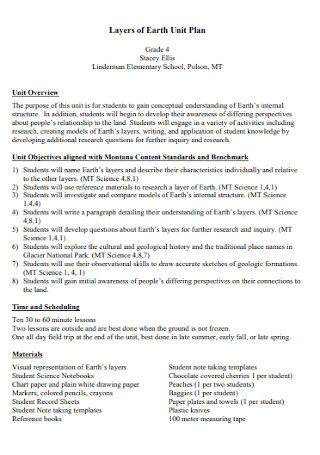
Layers of Earth Unit Plan
download now -
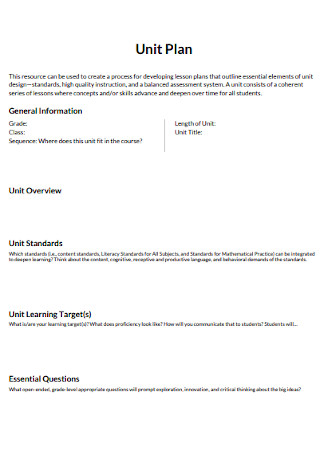
Printable Unit Plan Template
download now -
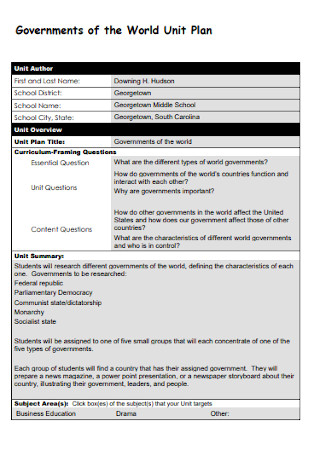
Governments of the World Unit Plan
download now -
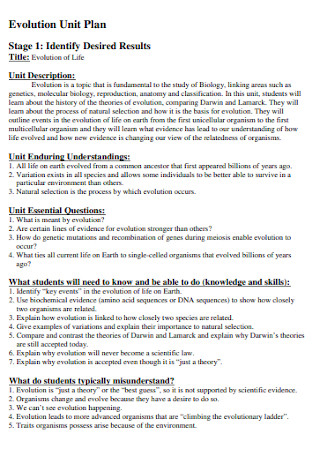
Evolution Unit Plan Template
download now -
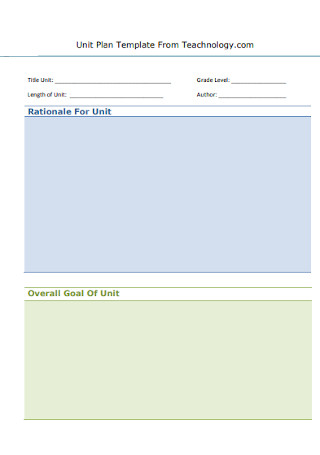
Technology Unit Plan Template
download now -
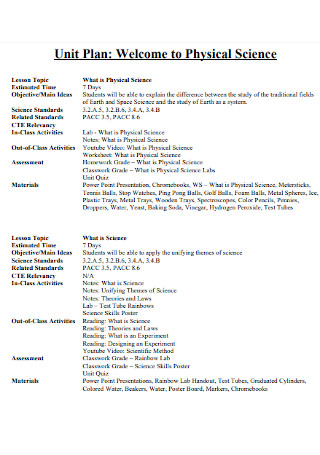
Physical Science Unit Plan
download now -

Elementary Science Unit Plan
download now -
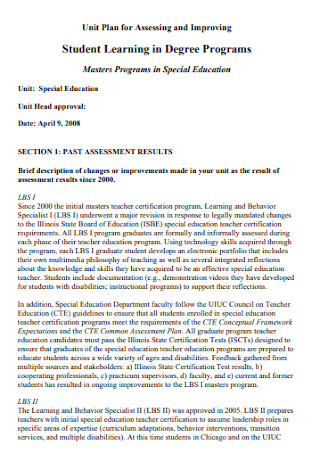
Unit Plan for Assessing Template
download now -
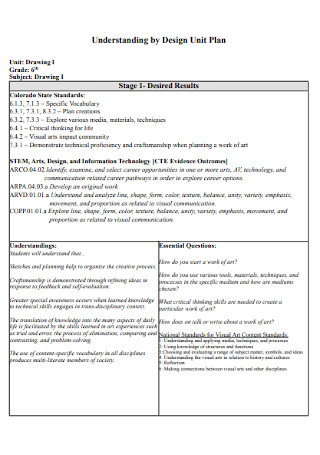
Understanding by Design Unit Plan
download now -
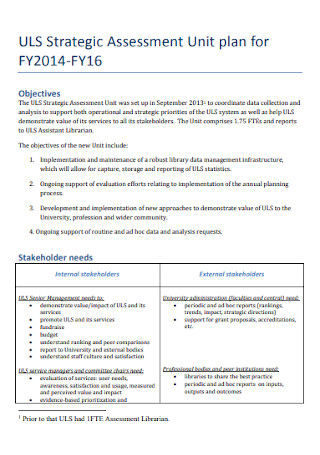
Strategic Assessment Unit Plan
download now -
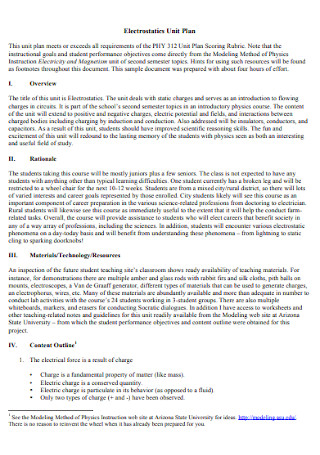
Electrostatics Unit Plan
download now -
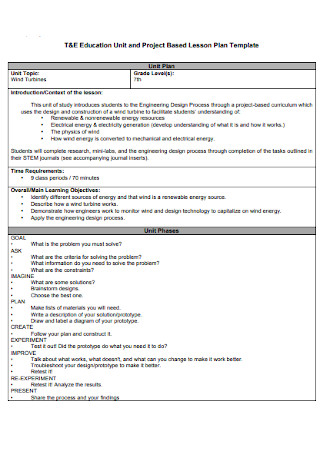
Education Project Unit Plan Template
download now -
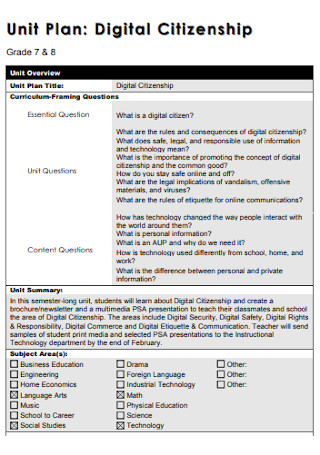
Digital Citizenship Unit Plan
download now -
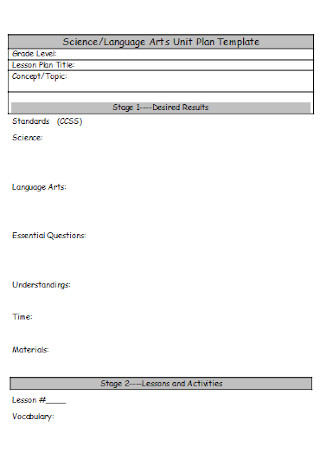
Arts Unit Plan Template
download now -
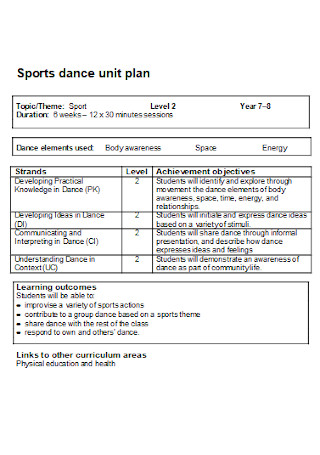
Sports Dance Unit Plan
download now -
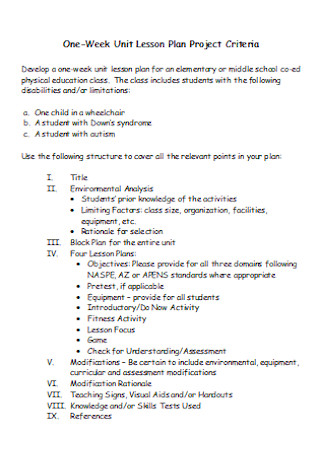
One Week Lesson Plan Criteria
download now
What Is a Unit Plan?
When you need aid for specialized classroom discourse, the unit plan is your savior. Units are not simply a collection of everything written in the syllabus, lesson p
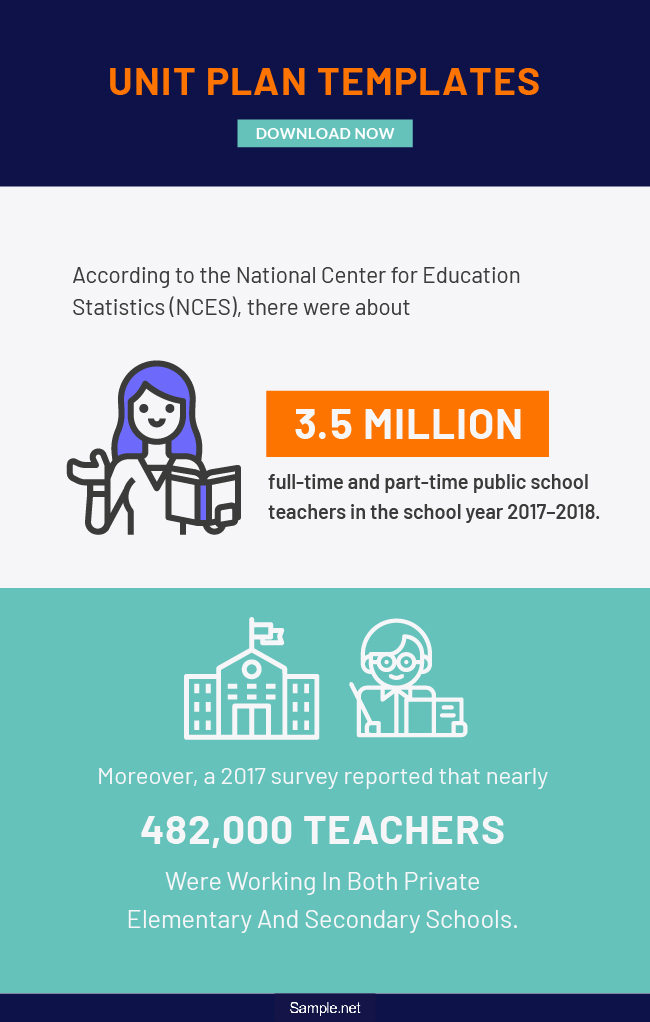
According to the National Center for Education Statistics (NCES), there were about 3.5 million full-time and part-time public school teachers in the school year 2017–2018.
Moreover, a 2017 survey reported that nearly 482,000 teachers were working in both private elementary and secondary schools.
Why Are Unit Plans Important?
Unit planning is important because it connects every competency, language standard, and skill altogether to form a united plan that benefits both students and instructors. Thus, teachers need not struggle in observing standards to teach students according to their level, knowledge, skills, etc. Also, a unit plan’s purpose includes mixing lesson plans to improve learning. Do not expect the unit plan to combine every idea in a disarranged manner because this is overall, an organized plan. Although a unit plan can take some time, planning, and effort, the results are superb.
Furthermore, unit plans are not only applicable to the school department. You can also combine ideas, standards, skills, and other aspects in a unified plan for other applications. For example, you might need effective unit plans for sports dance, electrostatics, digital citizenship, strategic assessment, or understanding by design. There is no need to limit the plan’s function as it might help you in other factors. Thus, unit plans are useful.
The Elements of a Unit Plan
From preschool, elementary, high school, to college, many teachers are strategizing on how to conduct lessons and units. In the US private and secondary schools alone, there were already 482,000 teachers working there as of 2017. That is, according to Statista. And when it comes to unit plans, teachers have different approaches and plans. But, there are common denominators when you check their unit plans too. And here are some examples of the common elements you often see in a standard unit plan:
How to Create a Unit Plan
From the school year 2017–2018, around 3.5 million full-time and part-time public school teachers were recorded. And if such teachers wrongly created unit plans, imagine how messed up certain classes might become. That explains why any teacher would carefully plan every lesson and unit to ensure effectiveness in their work. So are you ready to find out how to design, layout, and structure the unit plan? Without further ado, here are the steps in creating a unit plan:
Step 1: Develop the Unit Vision
Do not head down to deciding the type of unit right away without a thorough understanding of your main goal for effective student learning. Start by identifying what students must know from the beginning to the end of the unit. Every goal should be achieved, and you can make that happen by recognizing the pros and cons of the unit’s purpose and destination. And are you going for the goals-based, thematic, or project-based unit? Note it down.
Step 2: Make the Summative Unit Assessment
Once you finish envisioning how the unit should turn out, proceed to form the summative unit assessment. Answer these questions: (1) What serves as justifiable evidence that pupils understood the unit’s goals? (2) What is your approach to student mastery measurement? (3) And will there be tests, assignments, or special projects afterward? Assess everything, and you will slowly identify the best strategic plans. More so, assessments outline how well a student performs every learning goal.
Step 3: Write the Learning Goals and Lesson Objectives
From your learning goals, translate them into lesson objectives. And in each objective, it should be measurable. Otherwise, there is no point in making plans that would not be possible. To organize all the objectives for the unit plan, decide how the sequence goes. Of course, sequencing is necessary to know which should happen first to last. A tip is to ensure the objectives build one another logically, so pupils accomplish the desired goal.
Step 4: Schedule the Plan
All objectives should be scheduled, especially when scheduling is an important process in the plan. You can always base on calendars to set the schedule. Similar to the process of sequencing objectives, outline what should happen first until last. It is wise for long-term plans to consider the possible events that would hinder teaching sessions like educational field trips, exam week, or school breaks. Make adjustments to the schedule but give some allowance at the same time. Do not expect all students to learn in just a minute or two.
Step 5: Track the Progress and Adjust if Needed
Follow what is stipulated in the curriculum, syllabus, or lesson plan but adjust while basing from the unit plan. It takes effort in sticking to the plan too. Most importantly, check the progress. Are the students doing well from the plan you laid out? Or is it making things worse so new solutions should happen? Evaluate carefully. Besides evaluations, you formulate wiser decisions anyway. So avoid thinking that knowing if there is progress or not is all it takes. Work on the adjustments as well.
FAQs
How long does a unit plan take?
Most unit plans may take around two to three weeks. But it can be longer for some, especially with plenty of standards, desired outcomes, or skills to consider. All in all, unit planning can be done a few times per year. Even though it takes some considerable amount of time, the effects provided will be phenomenal.
What is the difference between a lesson plan and a unit plan?
A lesson plan focuses more on every specific lesson’s objectives, including how to plan the teaching process. Meanwhile, a unit plan details more than a lesson plan document. Unit planning looks at the bigger picture, which is why a unit can already include numerous lessons.
What are the parts of a lesson plan?
Generally, detailed lesson plans consist of five parts. They are as follows:
- Objectives
- Subject matter
- Procedure
- Evaluation
- Assignment
Teaching is a mixture of the best teaching methods and practices. And that includes excellent unit plans that teachers use to guide students in learning. Indeed, the process can be daunting but focus on how worth it the results are, especially since you know so much about unit plans already. Just remember that teaching and learning is a continuous process, even outside of school. And as a teacher, it feels great to help any student’s intellect and growth shine. Make it happen by starting with a well-thought-out unit plan.
